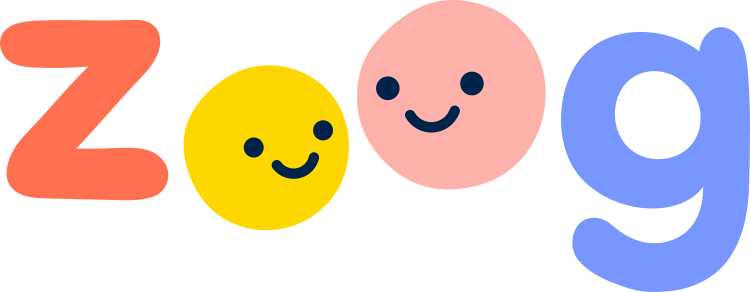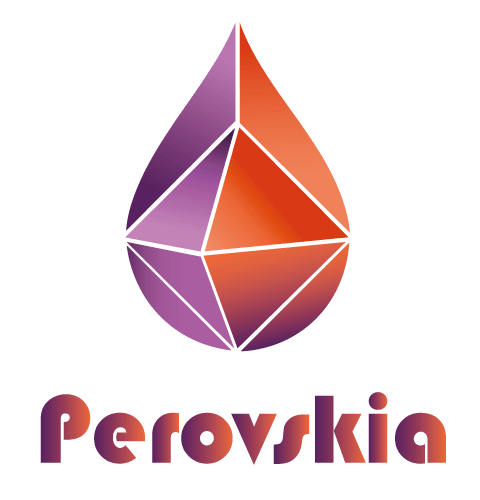 Blacklyte, a brand that initially started as a home decor company, has broadened its product line to include gaming peripherals such as gaming desks, gaming chairs, and lighting. The company stands out from traditional furniture companies by developing its own software and algorithms to interpret in-game data, synchronize it, and convert it into light signals displayed on the desk.
Blacklyte, a brand that initially started as a home decor company, has broadened its product line to include gaming peripherals such as gaming desks, gaming chairs, and lighting. The company stands out from traditional furniture companies by developing its own software and algorithms to interpret in-game data, synchronize it, and convert it into light signals displayed on the desk.
Smart gaming desk with customizable lighting
The Blacklyte Atlas Desk is versatile, catering to various uses including gaming competitions, education, streaming, music, and other forms of entertainment. The company’s experience in the home decor industry inspired the creation of this product. To cater to their specific needs, Blacklyte designed their table from scratch. After a year and a half of testing, they developed a patented layered sandwich design that maximizes strength, lightweight, and magnetic capabilities. The table is magnetizable, allowing for easy attachment of accessories, extendables, cable management, and corner lights.
As they developed their products, they encountered challenges with synchronizing games and music with traditional LED lights. This led them to devise algorithms that go beyond merely reacting to voice commands. They analyzed games and created a graphic algorithm to read and interpret game data, which is then translated into lighting effects on the desk.
A unique aspect of Blacklyte’s Atlas Desk is its software, which reads the game being played and interacts with the lights accordingly. While the company keeps the details of their algorithms confidential, they have collaborated with pro gamers and universities to test and refine their product. Feedback and customization suggestions from these testers have helped Blacklyte optimize the lighting effects. They have also worked with psychology majors from the University of Toronto to design lighting that enhances performance and improves daily use. For instance, the desk can be set to a morning mode with energizing blue hues to wake up the user or a rest mode with warmer tones to facilitate sleep.
Light therapy for various applications
Ambient lighting in airplanes changes to help passengers sleep or wake up. This concept is similar to how the Atlas Desk by Blacklyte uses light therapy to create different moods and enhance the gaming experience. The company is working with psychologists to extend their system of light therapy for to increase a player’s abilities, both in-game and in the real world.
The importance of light and color in our everyday lives, affecting our mood and energy levels, is a key focus of Blacklyte’s Atlas Desk. It takes the concept of sunrise alarm clocks a step further by integrating light cues into the workspace. This customizable lighting can serve as a gentle reminder to adjust one’s activities and help maintain a healthy sleep schedule.
In conclusion, Blacklyte’s Atlas Desk offers a unique and customizable lighting experience for gamers and other entertainment enthusiasts. By developing their own software and algorithms, the company has created a desk that syncs with games, music, and other forms of entertainment. The desk’s design, including its layered sandwich construction and magnetic capabilities, adds functionality and customization options.
With the collaboration of pro gamers and psychology experts, Blacklyte has optimized the lighting effects to enhance performance and daily use. This innovative product demonstrates the potential of integrating technology and design to create a more immersive and personalized gaming experience.
The Blacklyte Atlas Desk is not yet available, but is coming soon. The desk will retail for $1,099 and will be available from the company’s website, as well as their retail partners. To learn more about the Blacklyte Atlas Desk or any of their other products, check out their website.
Interview by Christopher Jordan of The Talking Sound.
Get $5 to protect your credit card information online with Privacy.
Amazon Prime gives you more than just free shipping. Get free music, TV shows, movies, videogames and more.
The most flexible tools for podcasting. Get a 30 day free trial of storage and statistics.
Podcast: Play in new window | Download
Subscribe: Apple Podcasts | RSS | More


 A groundbreaking social shopping application is transforming the landscape of affiliate marketing by establishing an equitable and inclusive platform for individuals to monetize product endorsements. The creators of this application, known as
A groundbreaking social shopping application is transforming the landscape of affiliate marketing by establishing an equitable and inclusive platform for individuals to monetize product endorsements. The creators of this application, known as 
 In recent years, drone technology has emerged as a game-changer across various industries, and the healthcare sector is no exception. Among the pioneers in this field are
In recent years, drone technology has emerged as a game-changer across various industries, and the healthcare sector is no exception. Among the pioneers in this field are 


 Non-invasive blood glucose monitoring is a new technology designed to simplify and enhance the convenience of monitoring blood glucose levels for individuals with diabetes.
Non-invasive blood glucose monitoring is a new technology designed to simplify and enhance the convenience of monitoring blood glucose levels for individuals with diabetes.  A transformative shift in the way devices are perceived and interacted with is being brought about by AI neural network accelerators.
A transformative shift in the way devices are perceived and interacted with is being brought about by AI neural network accelerators.